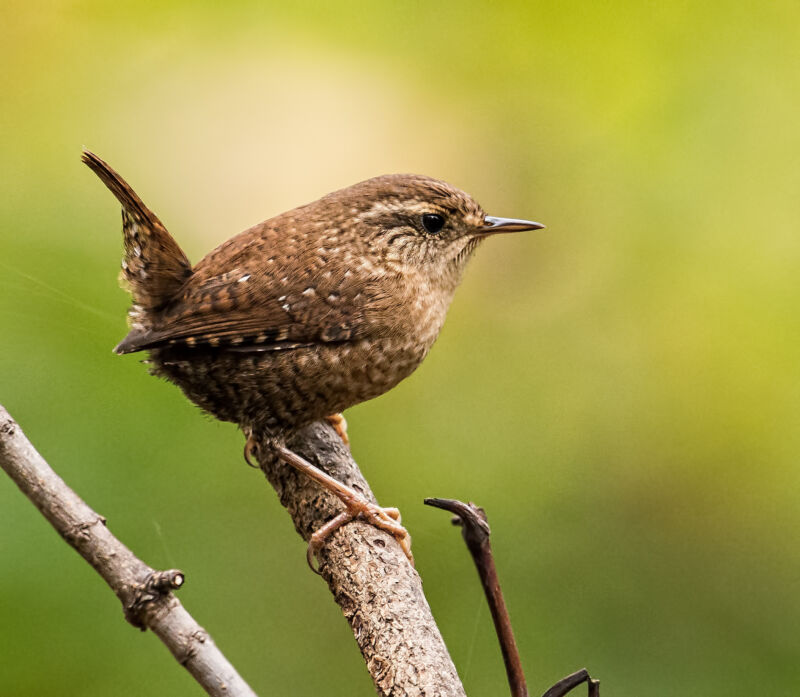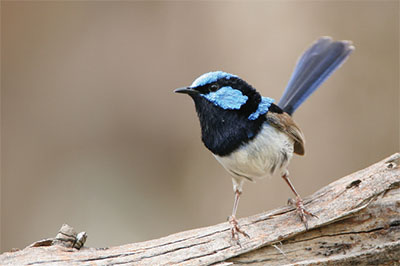
Dawn breaks in San Jose, the capital of Costa Rica. The city is still asleep, but the early risers are greeted by a beautiful symphony: Hummingbirds, corn-eaters, yigüirros (clay-colored thrushes), yellow-breasted grosbeaks, blue tanagers, house wrens, warblers and other birds announce that a new day has arrived.
Soon the incessant noise of vehicles and their horns, construction, street vendors, and more take over, shaping the soundscape of the frenetic routine of hundreds of thousands of people who travel and live in this city. Then, the birds’ songs will slip into the background.
“The act of birdsong has two main functions in males: It is to attract females and also to defend their territory from other males,” says Luis Andrés Sandoval Vargas, an ornithologist at the University of Costa Rica. For females in the tropics, he adds, the primary role of their song is to defend territory. Thus, in order to communicate in cities, to keep their territory safe and find mates, birds must find ways to counteract the effects of anthropogenic noise—that is, the noise produced by humans.
“The main effect of urban development on song is that many birds sing at higher frequencies,” says Sandoval Vargas. Studies over the past 15 years have found, for example, that blackbirds (Turdus merula), great tits (Parus major), and rufous-collared sparrows (Zonotrichia capensis) sing at higher pitches, with higher minimum frequencies, in urban environments than in rural ones.
But the birds’ response to anthropogenic noise may be more complex than that, as Sandoval Vargas found when studying house wrens (Troglodytes aedon). House wrens are small, brown birds—about 10 centimeters tall and weighing 12 grams—that feed on insects and tend to live near humans. In Costa Rica, they are found almost everywhere but are especially abundant in the cities. “Males sing almost year-round and sing for many hours during the day, and much of their behavior is mediated by vocalizations,” explains Sandoval Vargas. But what makes them ideal for studying adaptations to urban environments is that most of the components of their song are within the same frequency range as the noise that we humans produce.
Over two years, taking advantage of the house wrens’ breeding season—April through June—Sandoval Vargas and his team recorded the song of male house wrens at four locations within Costa Rica and also recorded ambient noise. Although all four sites are within urban areas, the levels of human-generated noise are different at each site, ranging from very high and medium-high, to medium-low and low.
The study, published in 2020 in the International Journal of Avian Science, focused on the repertoire of sound elements—the variety of unique sounds that, when combined with one another, shape a bird’s characteristic song—that are produced by the house wrens.
As the scientists expected, house wrens tended to sing with higher-pitched sounds in places with more anthropogenic noise. But that’s not all they discovered.
They also found that, in general, the size of the birds’ repertoire decreased as anthropogenic noise increased, especially when the birds were exposed to levels of anthropogenic noise that were above the usual noise to which they were accustomed. The researchers observed the same pattern at the individual level: The same bird offered a smaller song repertoire on noisier days than on less noisy days.
A reduced repertoire can affect how well these birds learn their sound language, as songbirds need to hear themselves and other birds to crystallize their song. “What’s happening here is that they’re losing some of their vocabulary, some of their sounds, because they’re not producing them. And, in these species, juveniles need to listen to adults to learn how to sing,” says Sandoval Vargas.



3175x175(CURRENT).thumb.jpg.b05acc060982b36f5891ba728e6d953c.jpg)

Recommended Comments
There are no comments to display.
Join the conversation
You can post now and register later. If you have an account, sign in now to post with your account.
Note: Your post will require moderator approval before it will be visible.